When war becomes a state of mind
The physical scars of war remain in the landscape; the mental ones are passed on to future generations. “War without War”, a new book with images by Swiss photographer Meinrad Schade, coincides with an exhibition in Winterthur at the Photo Foundation Switzerland.
The memories are blurred, yet this is exactly where the photographer is looking for his images. Wherever war has spread death and horror – this is where he is trying to re-capture the emotions that once existed there. Collective memory as a tool against complacency.
From 2003, Schade recorded the fragile daily life – hovering between war and peace – in those countries which were formed after the collapse of the Soviet Union: in Chechnya the destruction; in Ingushetia the lives of the displaced; in Kazakhstan the consequences of nuclear tests; in Nagorno-Karabakh the border conflict; in Russia and Ukraine the rituals of remembrance, the parades.
The theme of the book becomes contemporary in the context of the pictures taken in those last two places – if it has not done so already.
“I no longer believe in the great effect of images,” Schade said in a recent interview. “It’s enough for me if the people who look at my pictures realise that war continues – although it allegedly ended a long time ago – and how people can suddenly drift back into war again.”
“War without War” was published by Scheidegger & Spiess. It is accompanied by an essay by the publisher Nadine Olonetzky und further texts by Daniel Wechlin, Michail Shishkin and Fred Ritchin.
(All images: Meinrad Schade; text: Thomas Kern, swissinfo.ch)


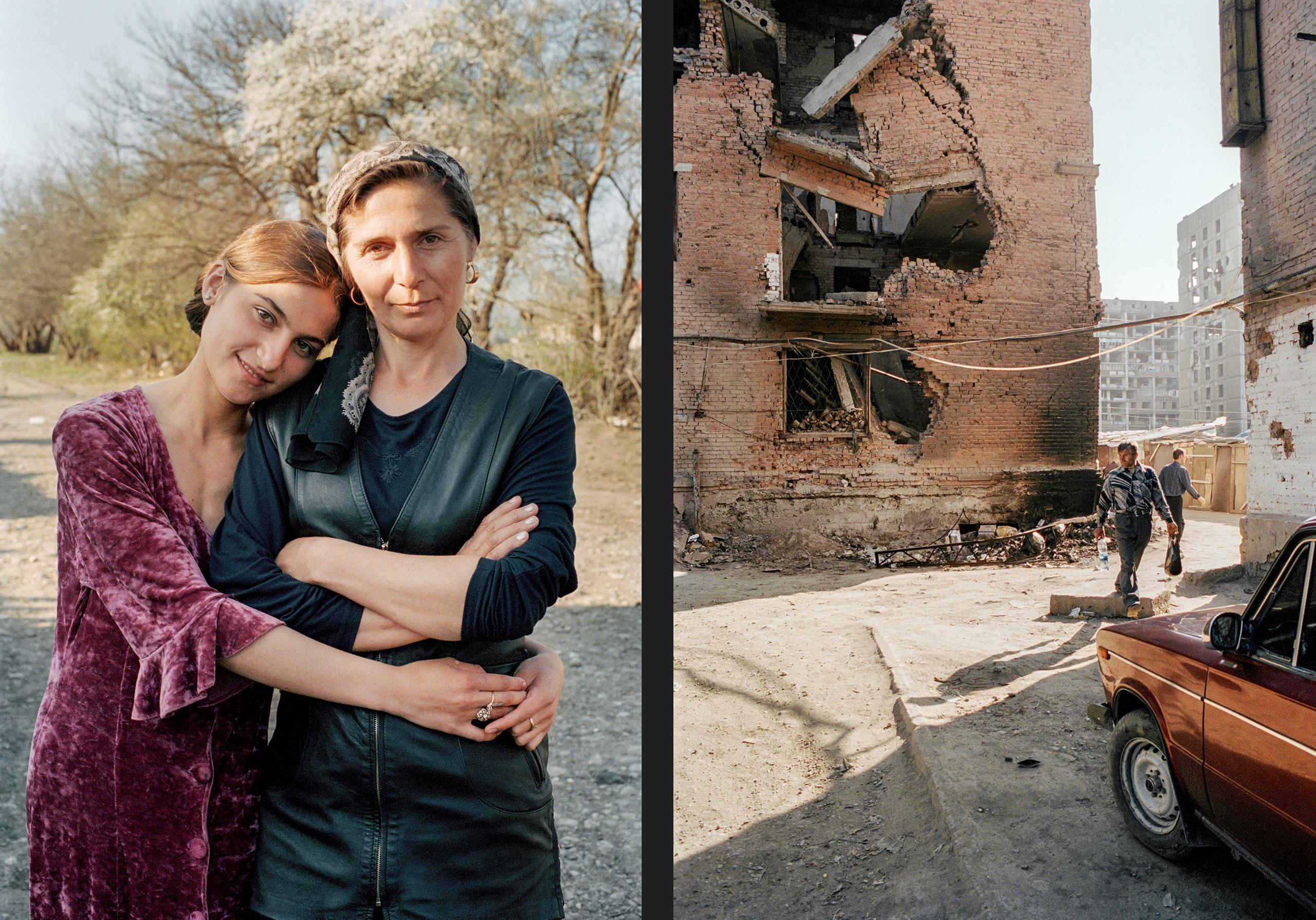
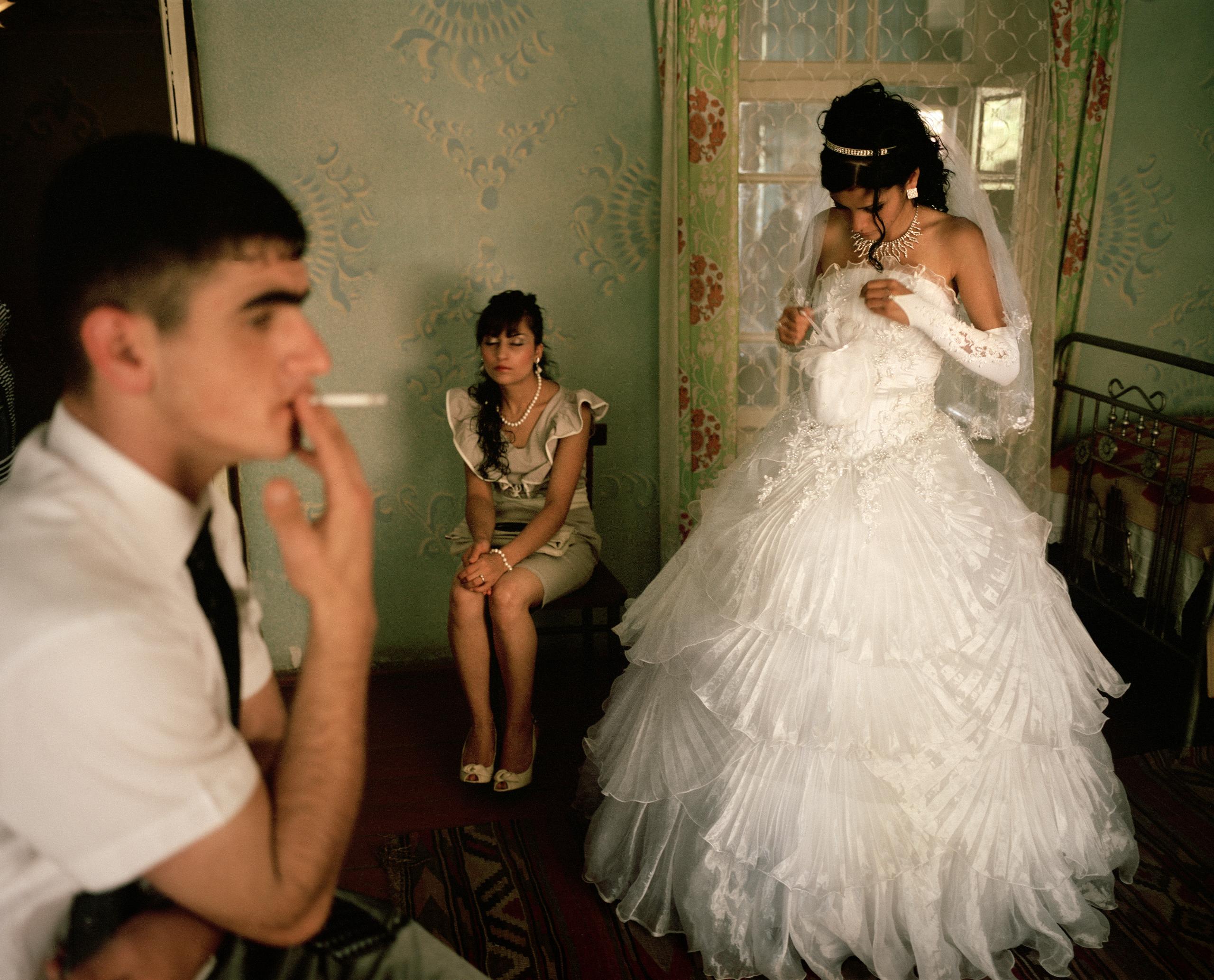
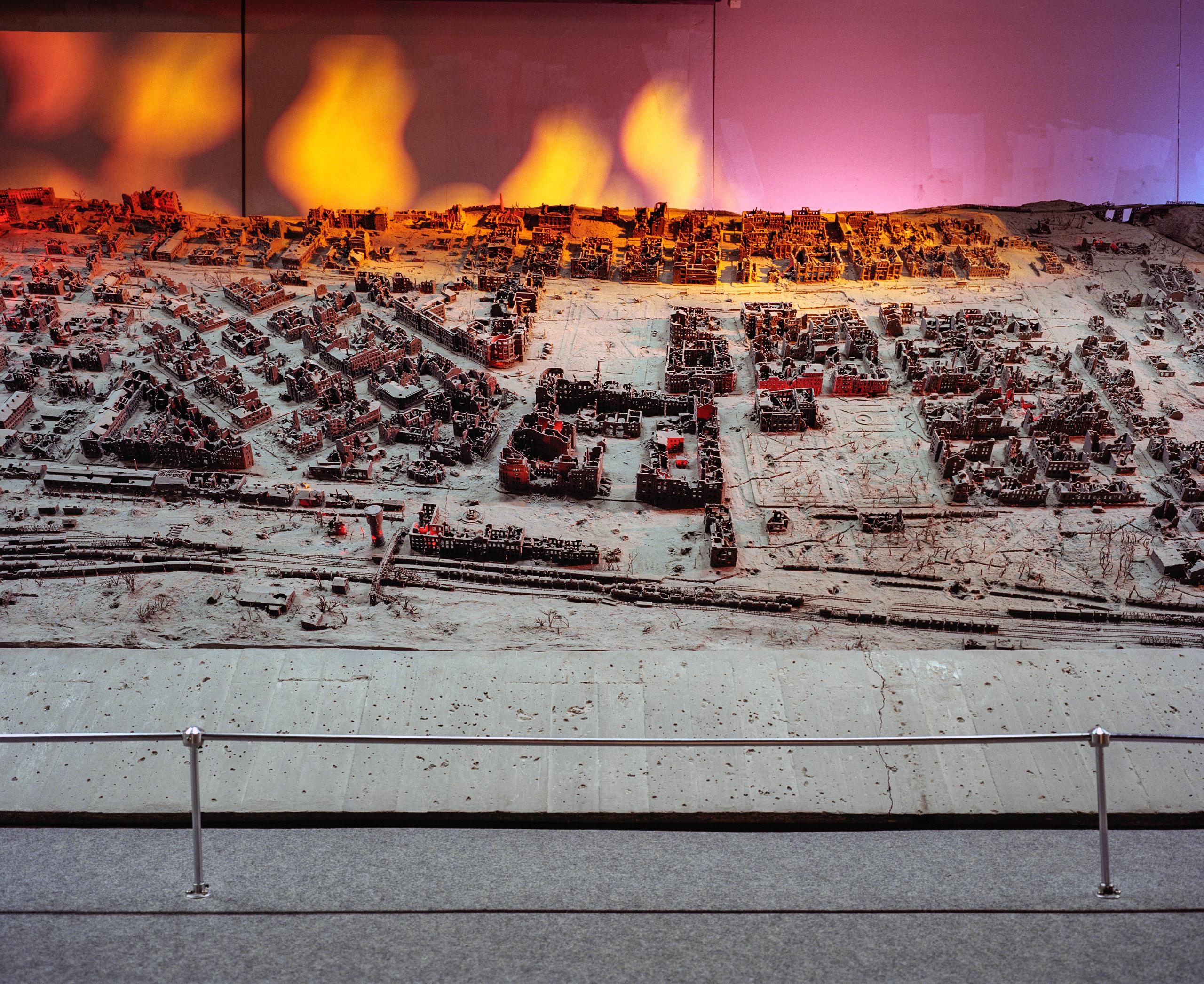
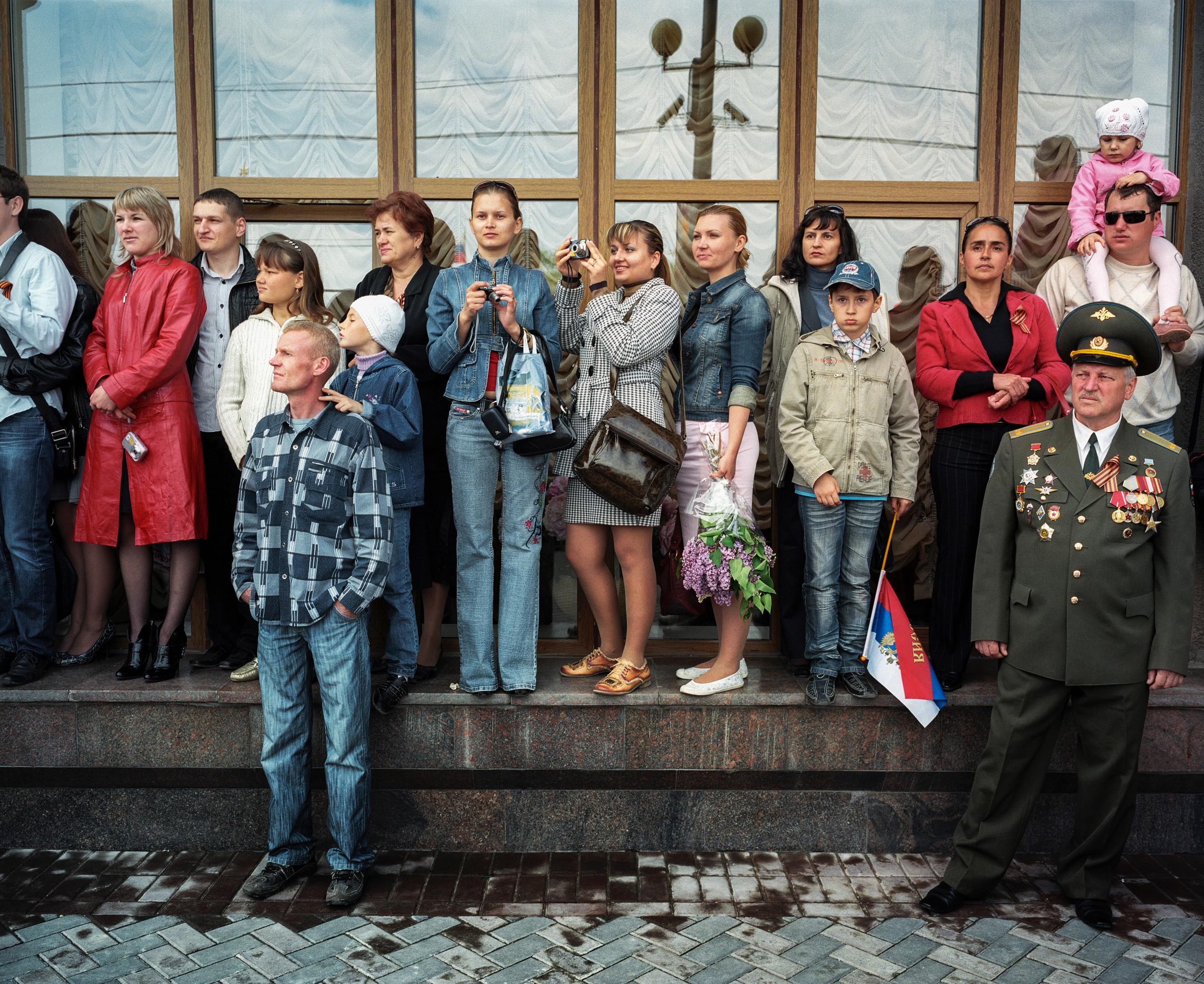

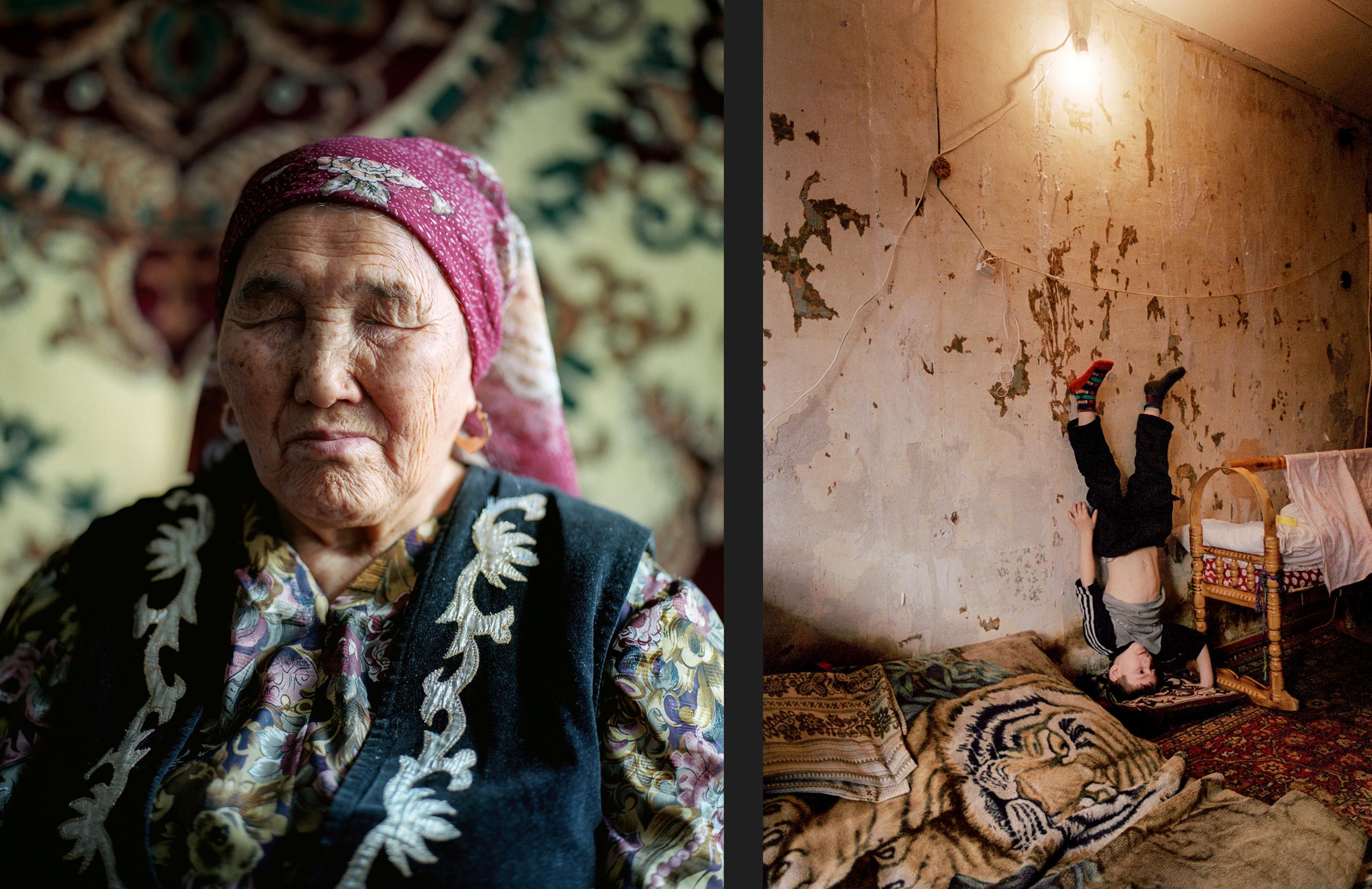

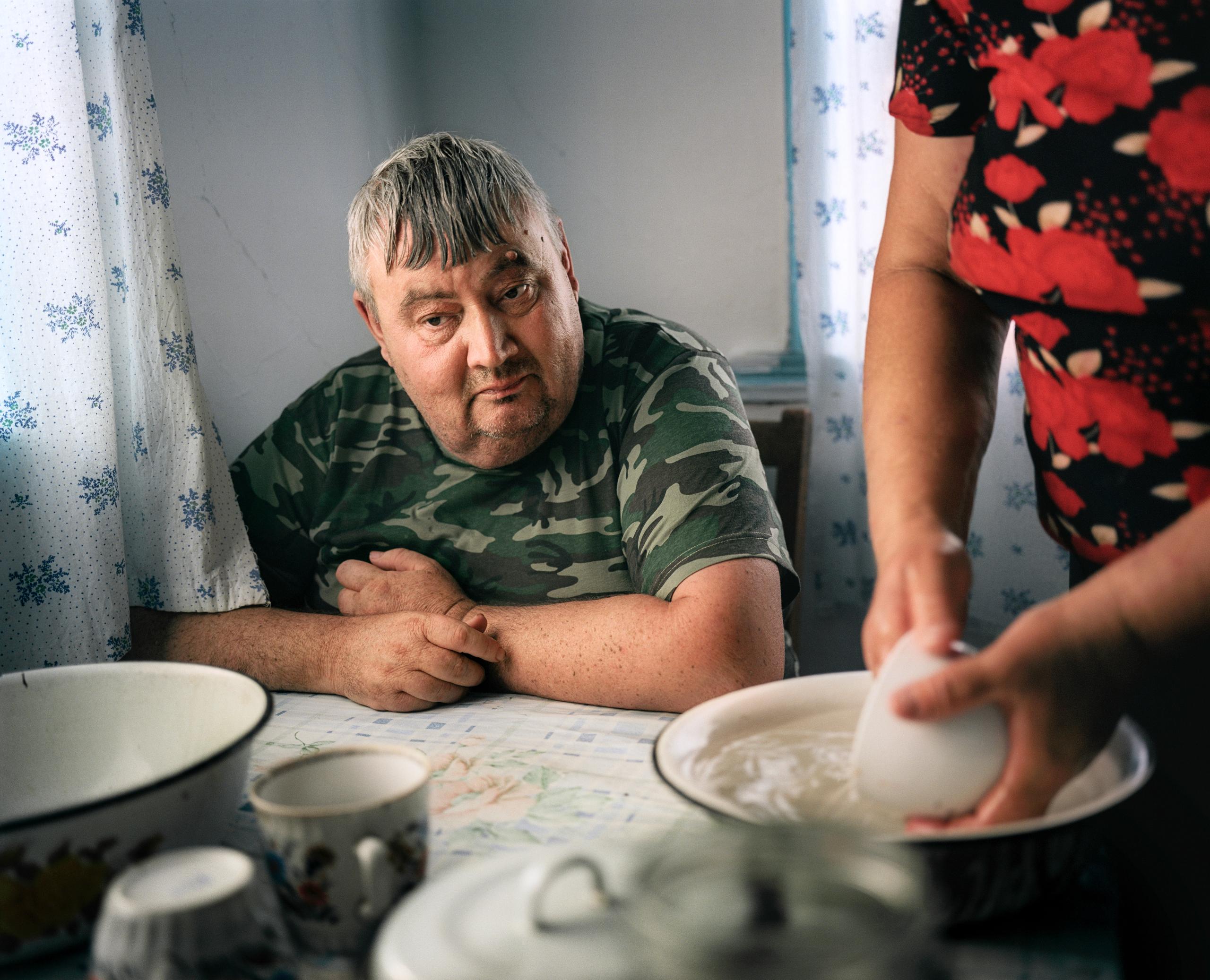
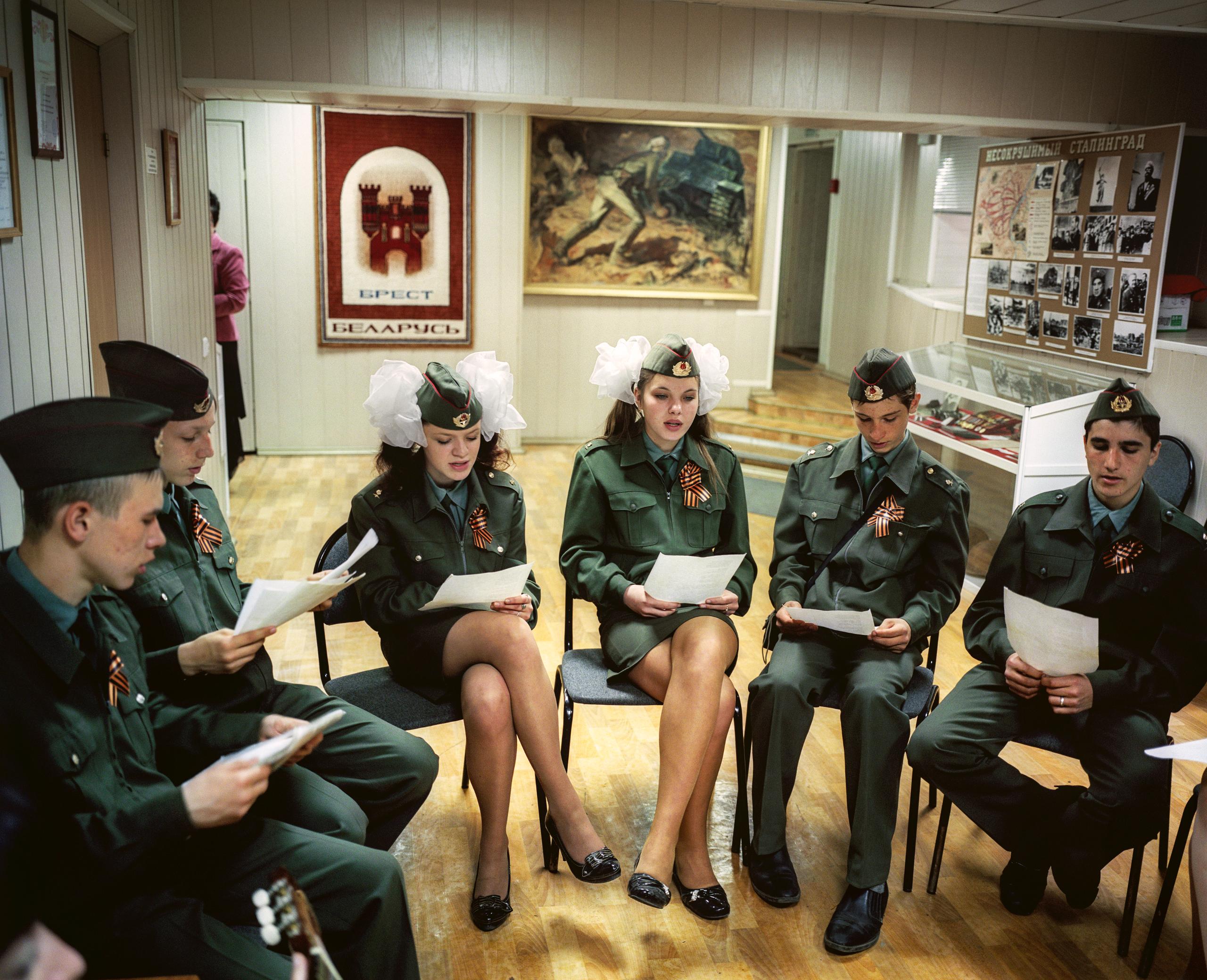
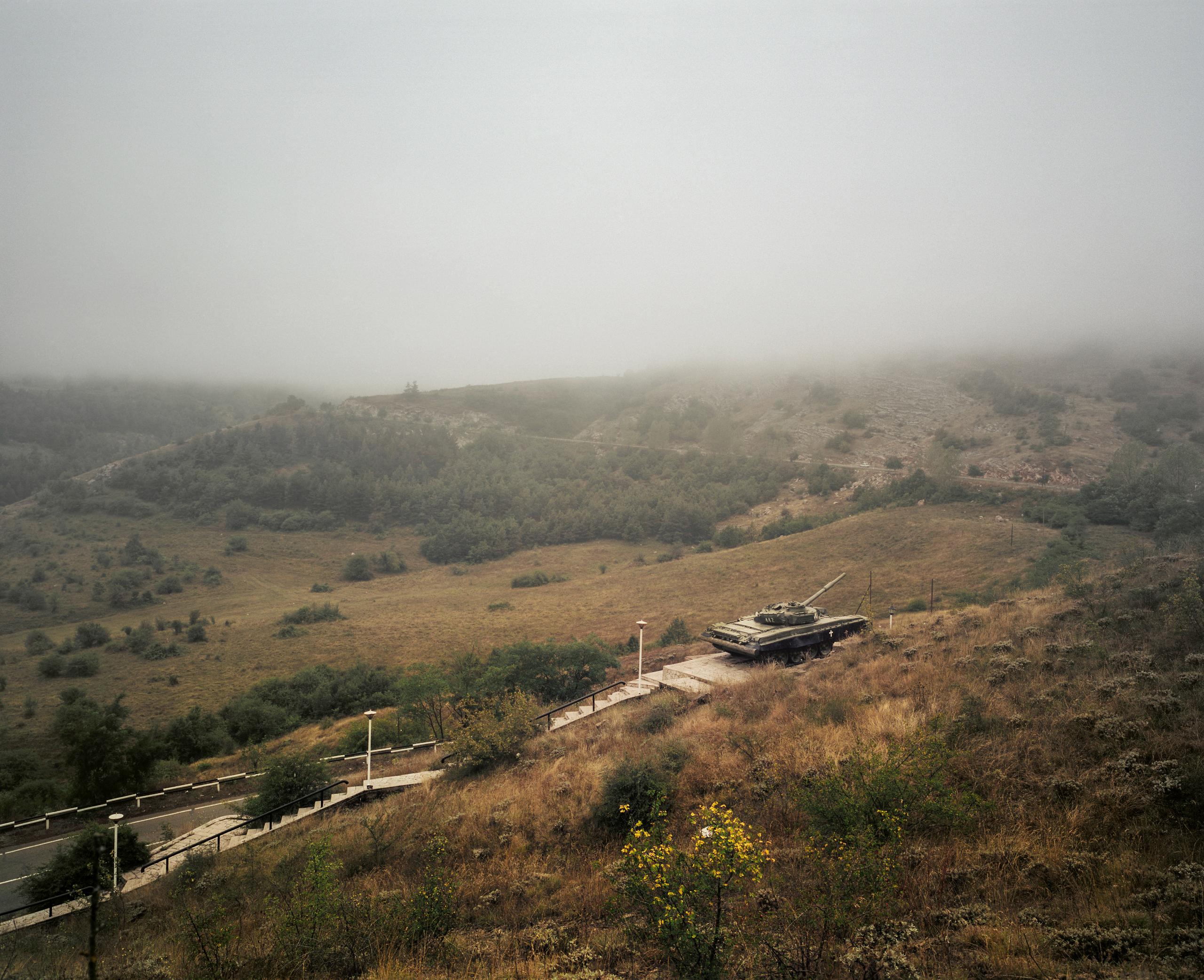
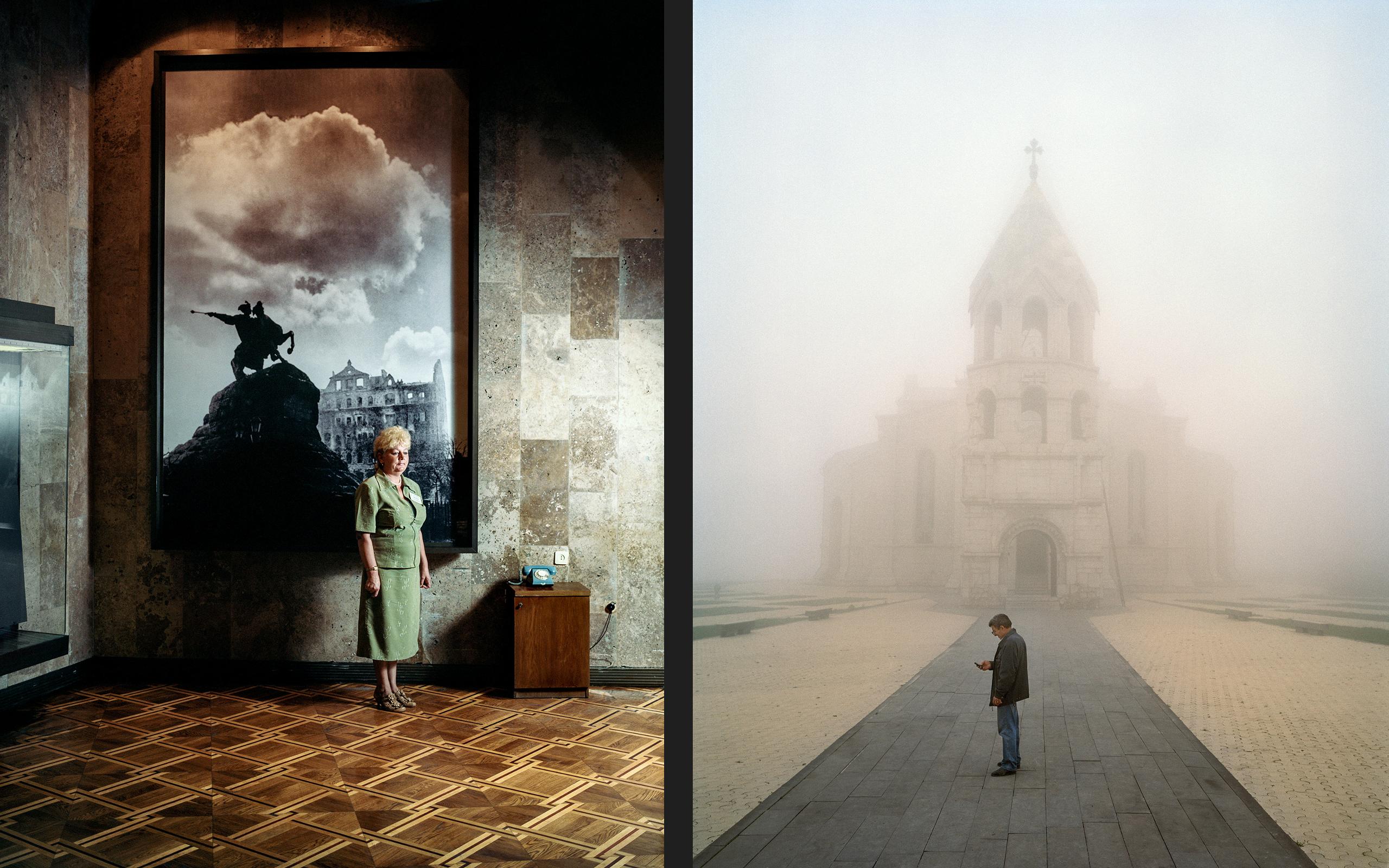

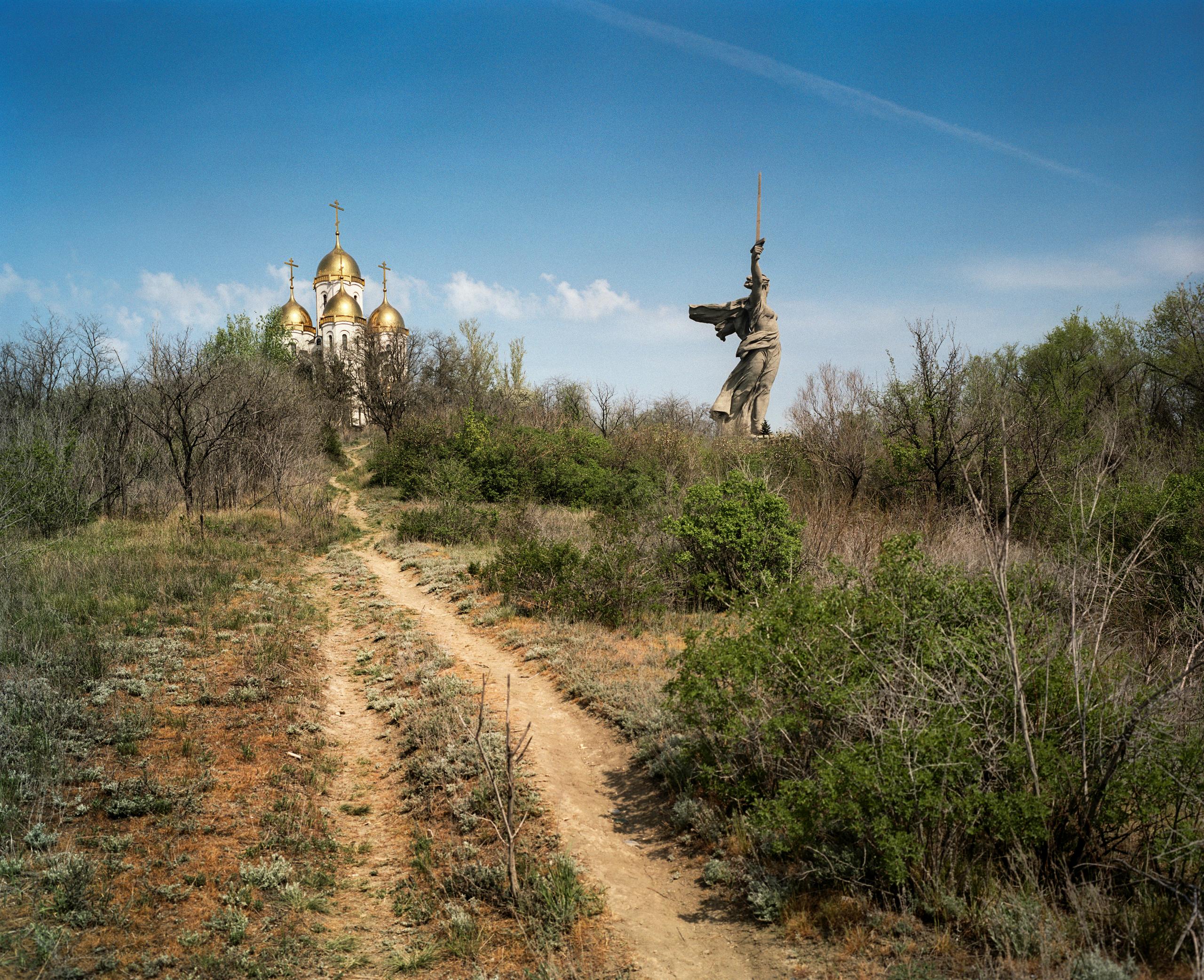
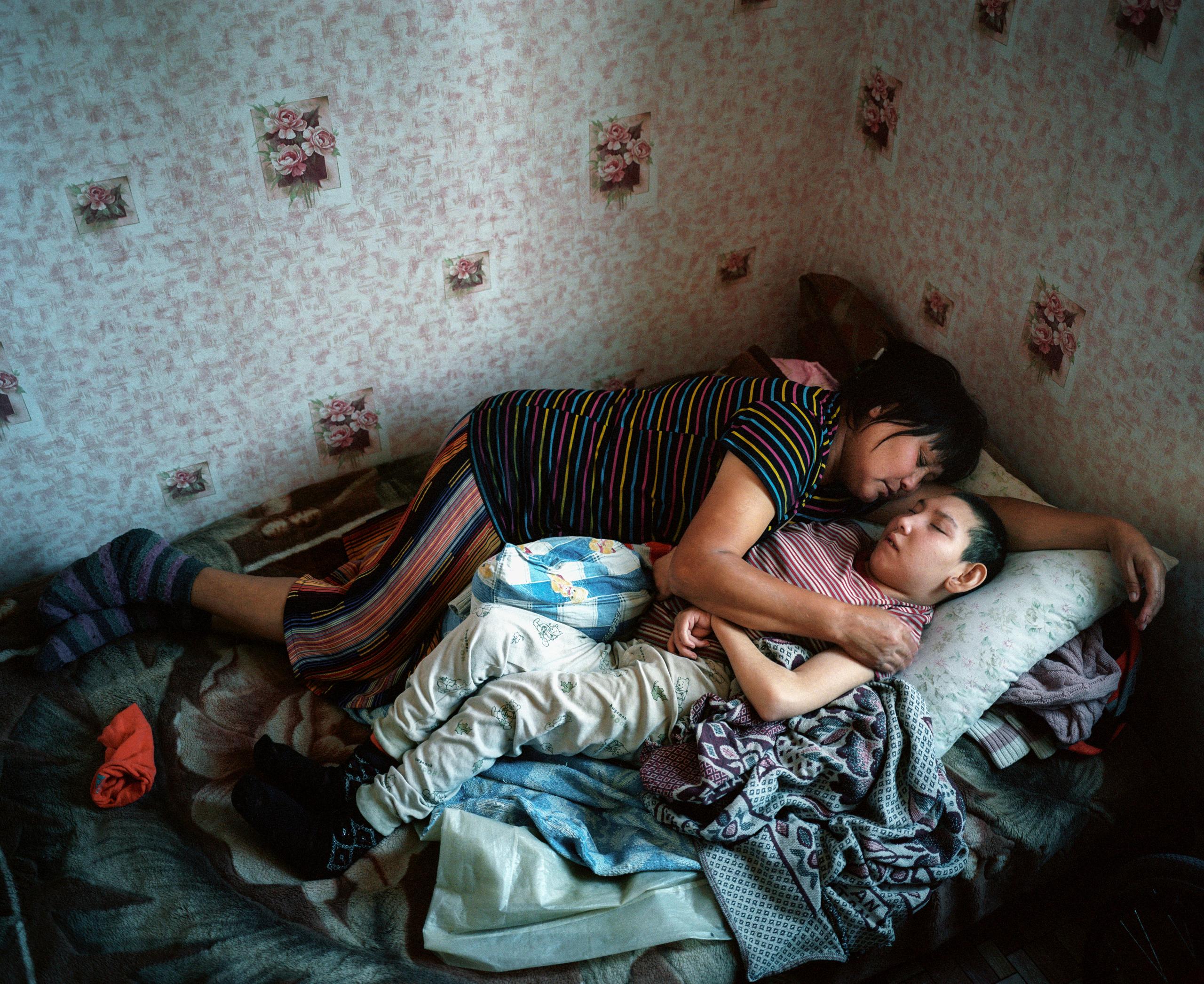
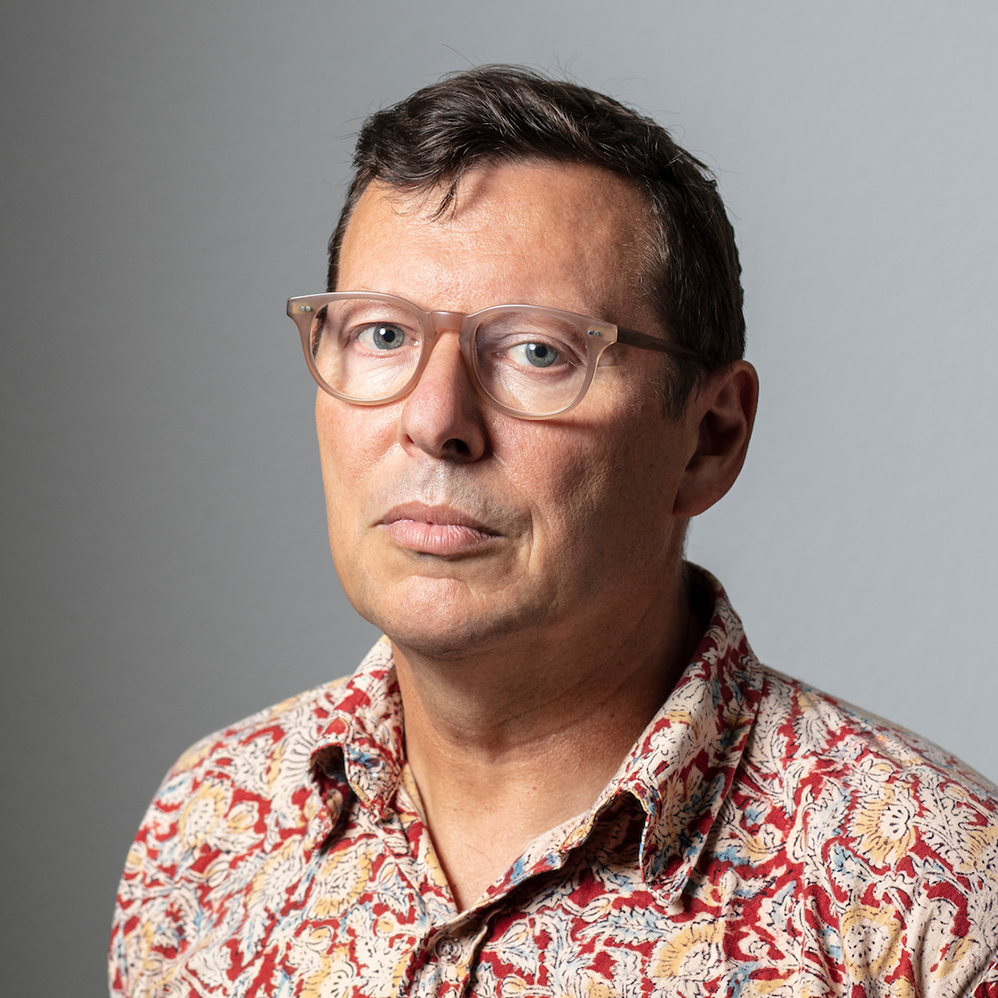
You can find an overview of ongoing debates with our journalists here. Please join us!
If you want to start a conversation about a topic raised in this article or want to report factual errors, email us at english@swissinfo.ch.